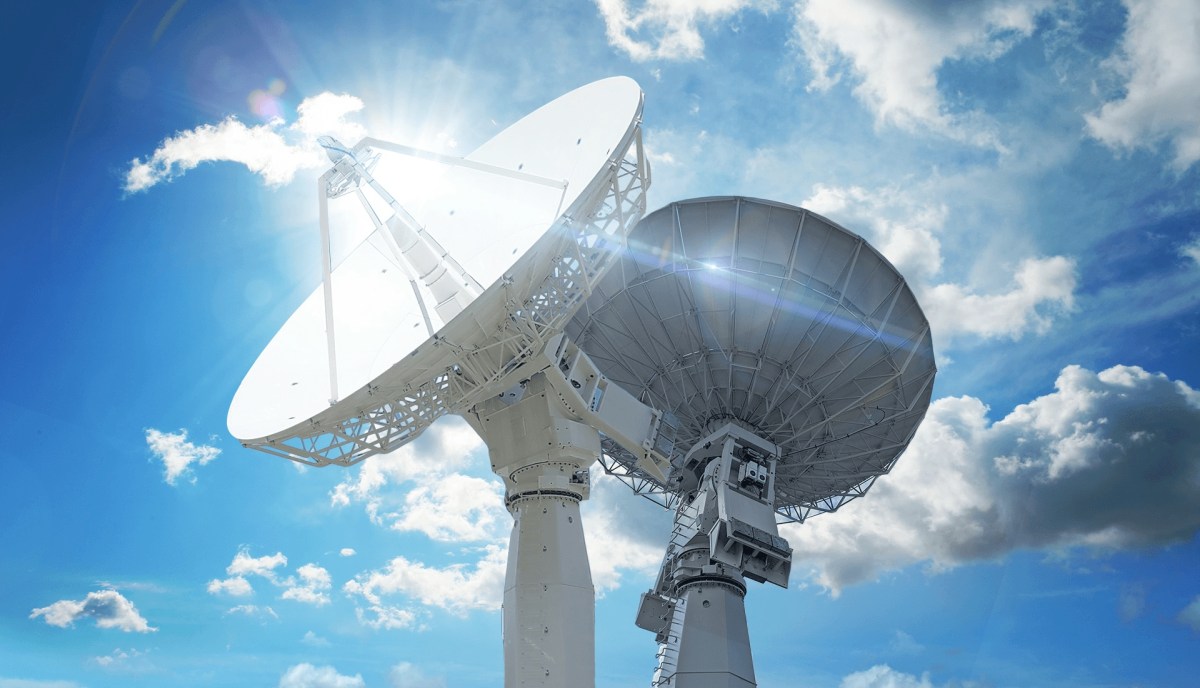WASHINGTON — NASA selected four companies to provide communications services in Earth orbit and out to the moon.
NASA announced Dec. 20 it awarded task orders to Intuitive Machines, Kongsberg Satellite Services (KSAT), SSC Space U.S. and Viasat to provide services to support NASA’s Near Space Network (NSN), which provides communications for missions extending out to two million kilometers from the Earth.
Intuitive Machines, which won a task order in September to provide communications services between the moon and geostationary orbit, won two additional task orders for direct-to-Earth communications services, augmenting NASA’s Lunar Exploration Ground Segment. KSAT won a task order that will also support the Lunar Exploration Ground Segment as well as one to provide direct-to-Earth communications for spacecraft in Earth orbit.
SSC Space won two task orders for communications with spacecraft in low Earth orbit and in “unique, highly elliptical orbits.” Viasat won a task order for communications with spacecraft in Earth orbit.
NASA did not disclose the value of the task orders but said they will cover services from February 2025 to September 2029, with an option to continue services through September 2034. All the contracts for Near Space Network services have a combined maximum value of $4.82 billion.
Intuitive Machines said in a statement that it will use its existing network of ground stations to support missions, along with agreements with “strategically located” radio astronomy telescopes. “We believe these new awards complement our existing NSN contract and will expand our space communications and navigation service offerings,” Steve Altemus, chief executive of Intuitive Machines, said in the statement.
KSAT, a leading operation of ground stations, said it will use its KSAT Lunar service for its NASA award. “KSAT has invested in the first commercial lunar network, and this will serve as a cornerstone for future support to NASA,” said Rolf Skatteboe, president and chief executive of KSAT, in a statement.
The awards are part of NASA’s efforts to both build up capacity for communications with spacecraft in Earth orbit and cislunar space and to rely more on commercial services. The Near Space Network includes ground stations around the world as well as the Tracking and Data Relay Satellite (TDRS) system.
Those efforts include phasing out the TDRS constellation in favor of commercial data relay satellites. NASA announced in October that it would stop accepting new missions into the TDRS constellation, supporting only existing missions. New missions will instead use commercial services for communications.
NASA does not plan to launch additional TDRS satellites, but the existing fleet of seven TDRS spacecraft in geostationary orbit will continue to operate into the 2030s, supporting the International Space Station, Hubble Space Telescope and other spacecraft in Earth orbit.
